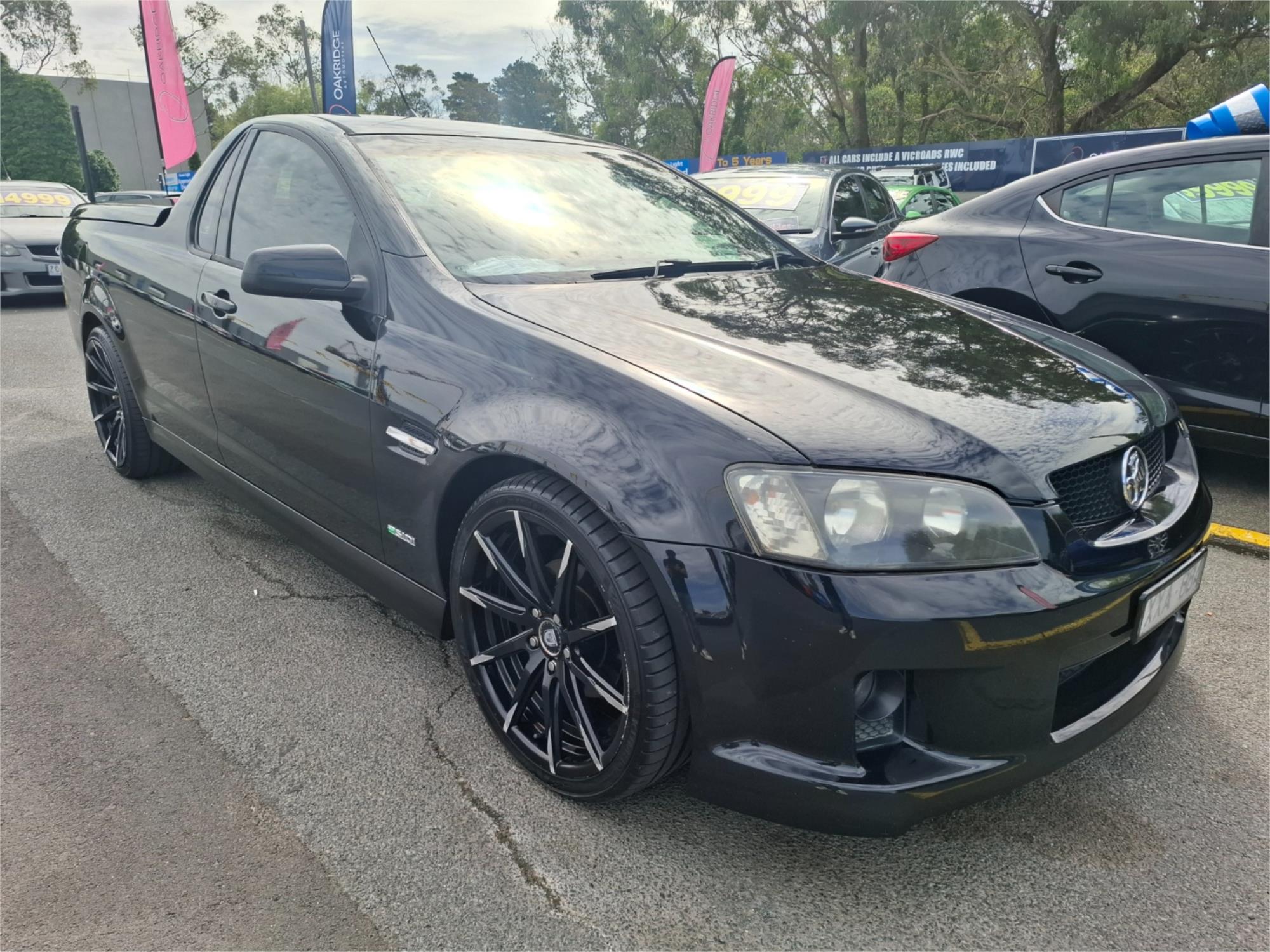Official - Holden to cease local manufacture in 2017
Under the PR double speak of "transition to a national sales company in Australia and New Zealand," Holden revealed that all local manufacturing operations will cease by the end of 2017. The Holden brand will, reportedly, still survive.
Holden announced the decision to their workforce today, confirming reports that parent company General Motors had decided the Australian manufacturing arm's fate months ago.
The decision will see 1600 job losses in South Australia from Holden's Elizabeth vehicle manufacturing plant, with a further 1,300 positions culled from the Victorian headquarters at Fishermen's Bend.
Holden's global design studio and national parts distribution centre will survive the cull, along with the sales side of the business, which one presumes to mean that the Holden brand will survive beyond the 2017 execution date.
GM says the decision to cease Australian assembly operation came as part of "ongoing actions to address the performance of its global operations."
Ahead of his retirement next month as GM's Chairman and CEO, Dan Akerson said: "We are completely dedicated to strengthening our global operations while meeting the needs of our customers.
"The decision to end manufacturing in Australia reflects the perfect storm of negative influences the automotive industry faces in the country, including the sustained strength of the Australian dollar, high cost of production, small domestic market and arguably the most competitive and fragmented auto market in the world."
GM Holden Chairman and Managing Director Mike Devereux, who's set to leave the position early next year, said an important priority over the next four years would be to ensure the best possible transition for workers in South Australia and Victoria.
"This has been a difficult decision given Holden's long and proud history of building vehicles in Australia," said Devereux. "We are dedicated to working with our teams, unions and the local communities, along with the federal and state governments, to support our people."
The press release went on to point out that the sale and service of Holden vehicles will be unaffected, continuing through the dealer network across Australia and New Zealand. Warranty terms and spare parts availability will remain unchanged.
"GM remains committed to the automotive industry in Australia and New Zealand. We recognize the need for change and understand the government's point of view," Devereux added, firing a none too subtle shot at the Abbott government's tough stance on assistance for the car industry.
"Moving forward, our business model will change significantly however, GM Holden will remain an integral part of its communities and an important employer both directly and through our dealers."
Since 2001, the Australian dollar has risen from US$0.50 to as high as US$1.10 and from as low as 47 to as high as 79 on the Trade Weighted Index. The Australian automotive industry is heavily trade exposed. The appreciation of the currency alone means that at the Australian dollar's peak, making things in Australia was 65 percent more expensive compared to just a decade earlier.
With the decision to discontinue vehicle and engine manufacturing in Australia by the end of 2017, GM expects to record pre-tax charges of $400 million to $600 million in the fourth quarter of 2013. The charges would consist of approximately $300 million to $500 million for non-cash asset impairment charges including property, plant and equipment and approximately $100 million for cash payment of exit-related costs including certain employee severance related costs.
Additional charges are expected to be incurred through 2017 for incremental future cash payments of employee severance once negotiations of the amount are completed with the employees' union. The asset impairment charges will be considered special for EBIT-adjusted reporting purposes.













